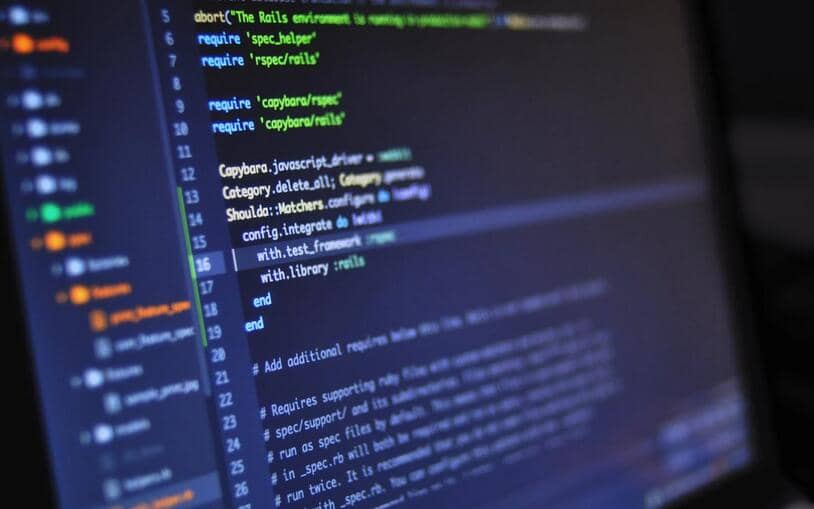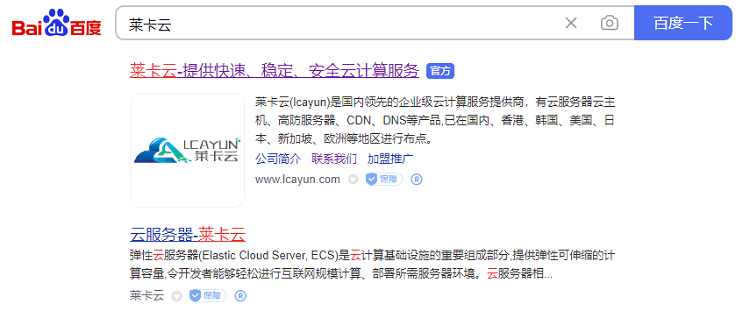-
Principle: When an exception occurs during the execution of the program, an exception object will be thrown. Through the try catch structure, the program can catch the exception object, and then perform corresponding processing operations. If an exception occurs to the code in the try block, the remaining code in the try block will be skipped, and the execution right of the program will be transferred to the catch block that matches the exception type. The code in the catch block will handle exceptions and perform specific operations. If no matching catch block is found, the exception will continue to be passed to the upper calling place until the catch block handling the exception is found or the program terminates. -
Application: The exception handling mechanism can be used to improve the robustness and reliability of the program. By doing exception handling in an appropriate place, you can prevent the program from crashing or failing to run normally when an exception occurs. Exception handling can include catching exceptions, recording exception information, error handling, remedial actions, etc. Common applications and practices include but are not limited to: -
Check exception handling: for checking exceptions, try catch blocks are needed to catch and handle exceptions, or the throws keyword is used to continue passing exceptions to the upper layer. -
Capture of runtime exceptions: For runtime exceptions, you can choose to capture and handle them, or crash the program. The stability of programs can be improved by capturing runtime exceptions in appropriate places. -
Resource release: release the resource in the finally block to ensure that the resource can be closed correctly regardless of whether an exception occurs, so as to avoid resource leakage. -
Custom Exception: You can customize exception classes to represent specific business or logic errors and handle them accordingly.
-
















